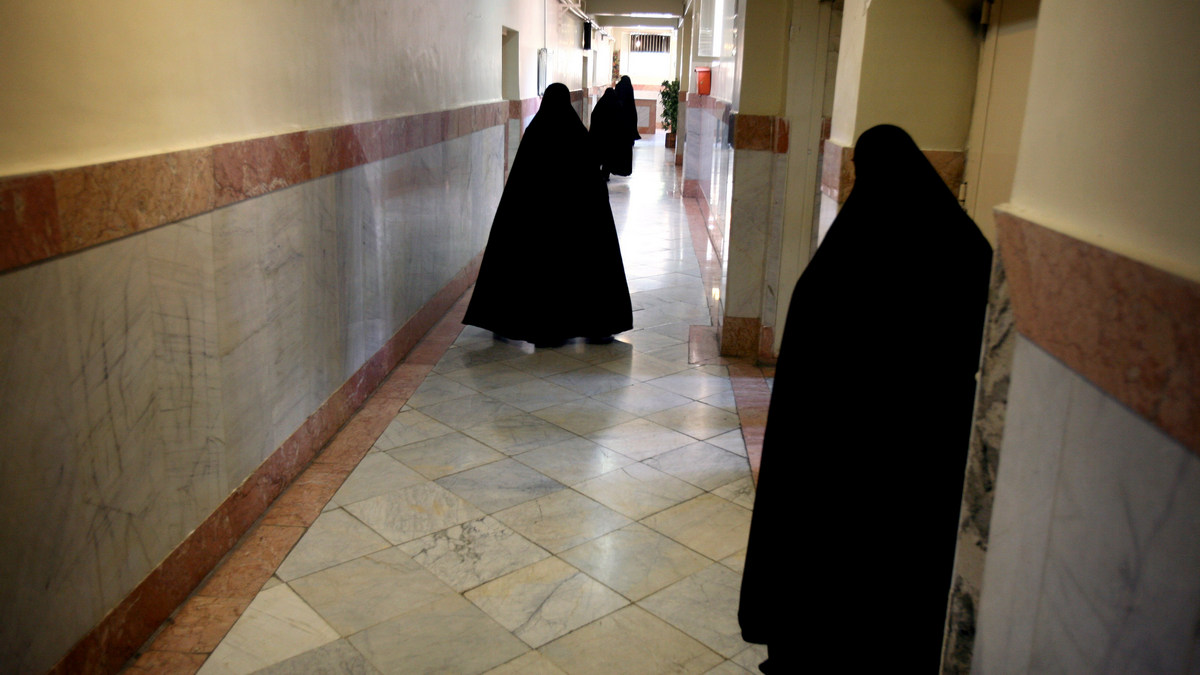Israel has hit Iran’s most infamous prison on Monday.
Israel said it hit multiple locations including the Evin Prison and the Security headquarters of the Islamic Revolutionary Guard Corps (IRGC).
Tel Aviv also said it struck roads surrounding Iran’s Fordo enrichment facility.
This came a day after the United States conducted strikes on three nuclear facilities in Iran.
But what happened? And what do we know about the Evin Prison in Tehran?
Let’s take a closer look:
What do we know about Evin Prison?
The prison is located in Iran’s capital Tehran.
Read latest updates about America joining Israel-Iran war here.
It is run by Iran’s Ministry of Intelligence and the IRCG – which reports directly to Ayatollah Ali Khamenei.
Spanning over five hectares, it is said to hold between 10,000 and 15,000 inmates.
It is infamous for mistreatment of its inmates who include political prisoners, foreigners and dual nationals.
It was built in 1971 in the foothills of northern Tehran prior to the Islamic revolution that toppled the Shah of Iran.
The Shah also used it to hold thousands of political prisoners – many of whom were tortured and killed.
The prison at the time was operated by the Savak – the Shah’s secret police.
In 1988, after the revolution, thousands of people were executed at the Evin Prison after show trials.
The people who have been imprisoned there have long alleged torture and abuse.
Anoosheh Ashoori, a British-Iranian businessman, was visiting his mother in Iran when he was arrested by authorities on charges of spying for Israel.
“The situation in hall 12 was extremely dire. We struggled with bed bugs, cockroaches, huge rats, and foul food,” Ashoori told DW.
He added that up to 70 people lived in just four rooms in hall 12.
Ashoori alleged “psychological torture” at the hands of the authorities.
“I had one main interrogator, but most of the time, I could feel the presence of others in those small interrogation rooms,” he said.
“They were making threats that they would harm my family members,” he added.
Ashoori was only released after the UK government paid Iran a hefty sum.
Lebanese businessman Nizar Zakka had a similar experience.
He too spent four years at Evin after being accused of spying – but for the United States.
Zakka was in ward 7 which had around 20 people in a room that measured five square metres.
“The interrogator came every six weeks, asking if I had anything to say, and I’d say no, and I would be sent back.”
Zakka, unlike Ashoori, was physically tortured.
“When you don’t answer their questions, they make you stand or sit in an uncomfortable position until you get tired and faint… Then they start walking around talking to each other, and step on your hand,” he said.
He was only released after years of campaigning – and a request from Lebanese President Michel Aoun.
Those considered political prisoners – charged with ‘spreading corruption on Earth’ and ‘enmity against God’ often have a much tougher time of it than regular inmates.
According to Amnesty International, prisoners at Evin have suffered beatings, electric shock, and sexual humiliation at the hands of authorities.
Nargess Mohammadi, a Nobel laureate, is among those who has accused guards and interrogators of sexual assault.
According to Human Rights Watch, sensory deprivation is another tactic authorities at the prison’s ward 209 often employ against inmates.
Maziar Bahari, an Iranian-Canadian documentarian and Narges Mohammadi (who won the Nobel Peace Prize in 2023) were among the other famous people that were housed in Evin.
Mohammadi has been released temporarily in order to receive medical care.
Jason Rezaian of the Washington Post and dual nationals like the “Bahá’í 7” have also been held at Evin.
Canadian journalist Zahra Kazemi died at 2003 in Evin.
Those running the prison have been targeted by both the United States and the European Union.
What happened? Why has Iran targeted Evin Prison?
Iranian state TV said an airstrike hit the gate of Evin Prison.
The report shared what appeared to be black-and-white-surveillance footage of the strike.
Israel is likely choosing targets like Evin Prison – a symbol of the regime – to put pressure on the Iranian authorities.
“The Iranian dictator will be punished with full force for attacking the Israeli home front,” the Israeli defence ministry said.
According to The Guardian, human rights lawyer Mohammed Najafi, activist Reza Khandan are among those detained in the prison.
Some prisoners have reportedly been hurt in Israel’s airstrike.
But Iran’s Nournews said that families of detainees in Evin prison “should know they are safe”.
Israel has also targeted Tehran’s Palestine Square, and the paramilitary Basij volunteer corps building.
This comes as more and more officials in the US including President Donald Trump are calling for ‘regime change’ in Tehran.
“If the current Iranian Regime is unable to MAKE IRAN GREAT AGAIN, why wouldn’t there be a Regime change???” Trump wrote on social media.
Iran described its Monday attack on Israel as a new wave of its Operation “True Promise 3,” saying it was targeting the Israeli cities of Haifa and Tel Aviv, according to Iranian state television.
Explosions were also heard in Jerusalem. There were no immediate reports of damage.
Earlier Monday, Iranian General Abdolrahim Mousavi, the chief of joint staff of armed forces, warned Washington its strikes had given Iranian forces a “free hand " to “act against US interests and its army.”
Tens of thousands of American troops are based in West Asia, many in locations within range of short-range Iranian missiles.
With inputs from agencies
)